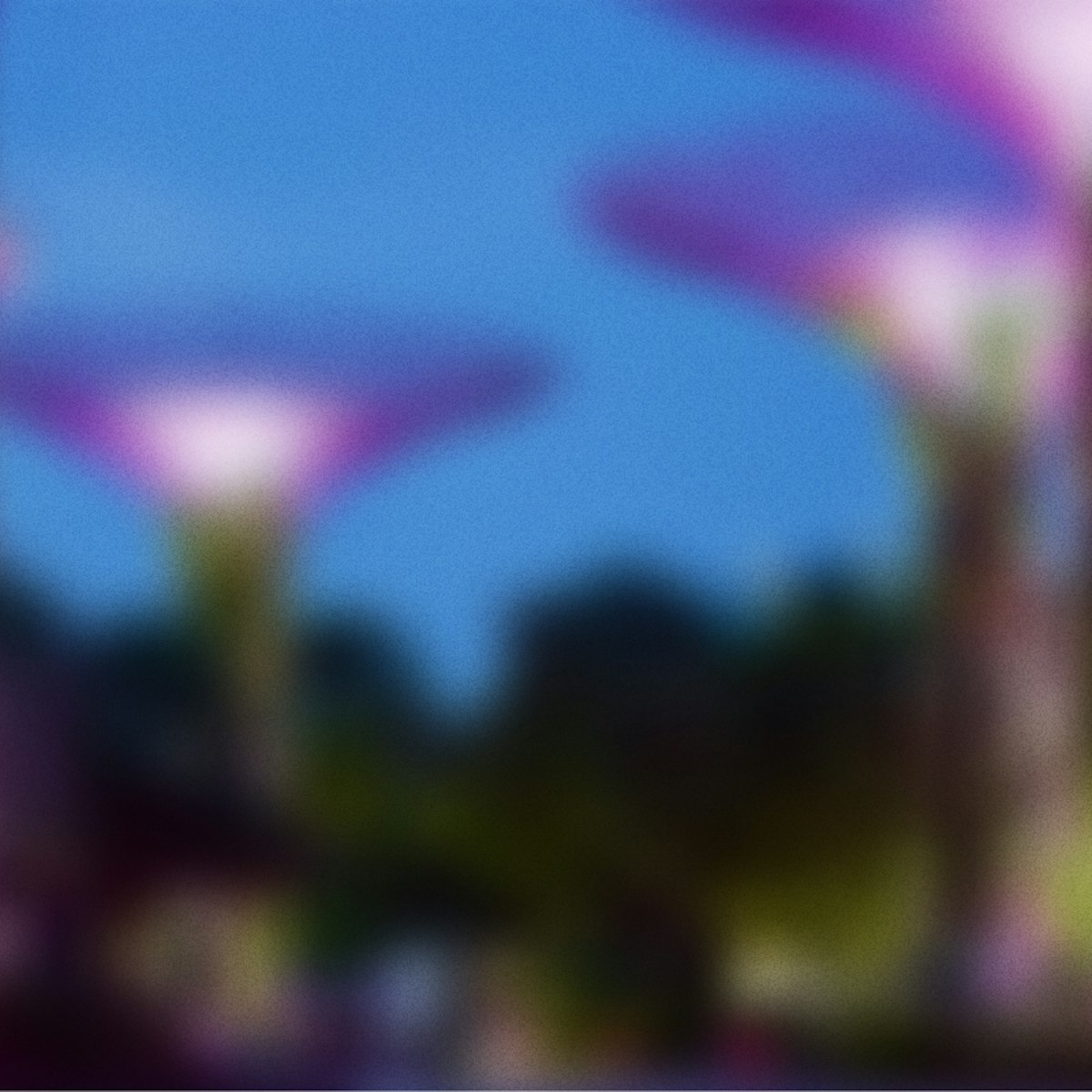
Promontorio del Gargano
One of Italy's largest national parks, a place of sweeping coast and deep, ancient forests, sits on the spur of southern Italy in Puglia, jutting out into…

Promontorio del Gargano
One of Italy's largest national parks, a place of sweeping coast and deep, ancient forests, sits on the spur of southern Italy in Puglia, jutting out into…

Promontorio del Gargano
Over the centuries this sanctuary has expanded to incorporate a large complex of religious buildings that overlay its original shrine. The double-arched…

Promontorio del Gargano
A short flight of stairs opposite the Santuario di San Michele leads to a 12th-century baptistry with a deep sunken basin for total immersion. You enter…

Vieste
Built by the Normans on the ruins of a Vesta temple, this 11th-century 'co-cathedral' (so called because its bishopric is shared with another) is in…

Peschici
Peschici's medieval hilltop castle stands sentinel over the town's port, and inside there is a fascinating Museum of Torture with life-sized replicas of…

Promontorio del Gargano
Dating to the last (Augustan) days of the Roman Republic, Lucera's amphitheatre was built for gladiatorial combat and accommodated up to 18,000 people…

Promontorio del Gargano
There is a small centro visitatori (visitors centre) in the middle of Foresta Umbra that houses a museum and nature centre with fossils, photographs, and…

Promontorio del Gargano
At the highest point of Monte Sant'Angelo is this rugged fastness, first built by Orso I, who later became Doge of Venice, in the 9th century. One 10th…

Promontorio del Gargano
On the former site of Lucera’s Great Mosque (itself built by the Saracens over an existing church as a symbol of conquest) Puglia’s only Gothic cathedral…

Vieste
This palaeo-Christian graveyard dating from the 4th to 6th centuries AD is 9km out of town. Inside the cave, tier upon tier of narrow tombs are cut into…

Promontorio del Gargano
Frederick II’s enormous castle shows just what a big fish Lucera once was in the Puglian pond. Built in 1233, it’s set on a rocky hillock surrounded by a…

Promontorio del Gargano
Dominated by a huge rose window, the Gothic Chiesa di San Francesco, contemporaneous with Lucera's cathedral, incorporates recycled materials from Lucera…

Vieste
This esoteric shell museum has four rooms of fossils and molluscs, some enormous and all beautifully patterned and coloured. Note the seasonal opening…

Vieste
Vieste's most gruesome sight is this worn and polished stone where thousands were beheaded when Turks sacked Vieste in the 16th century.